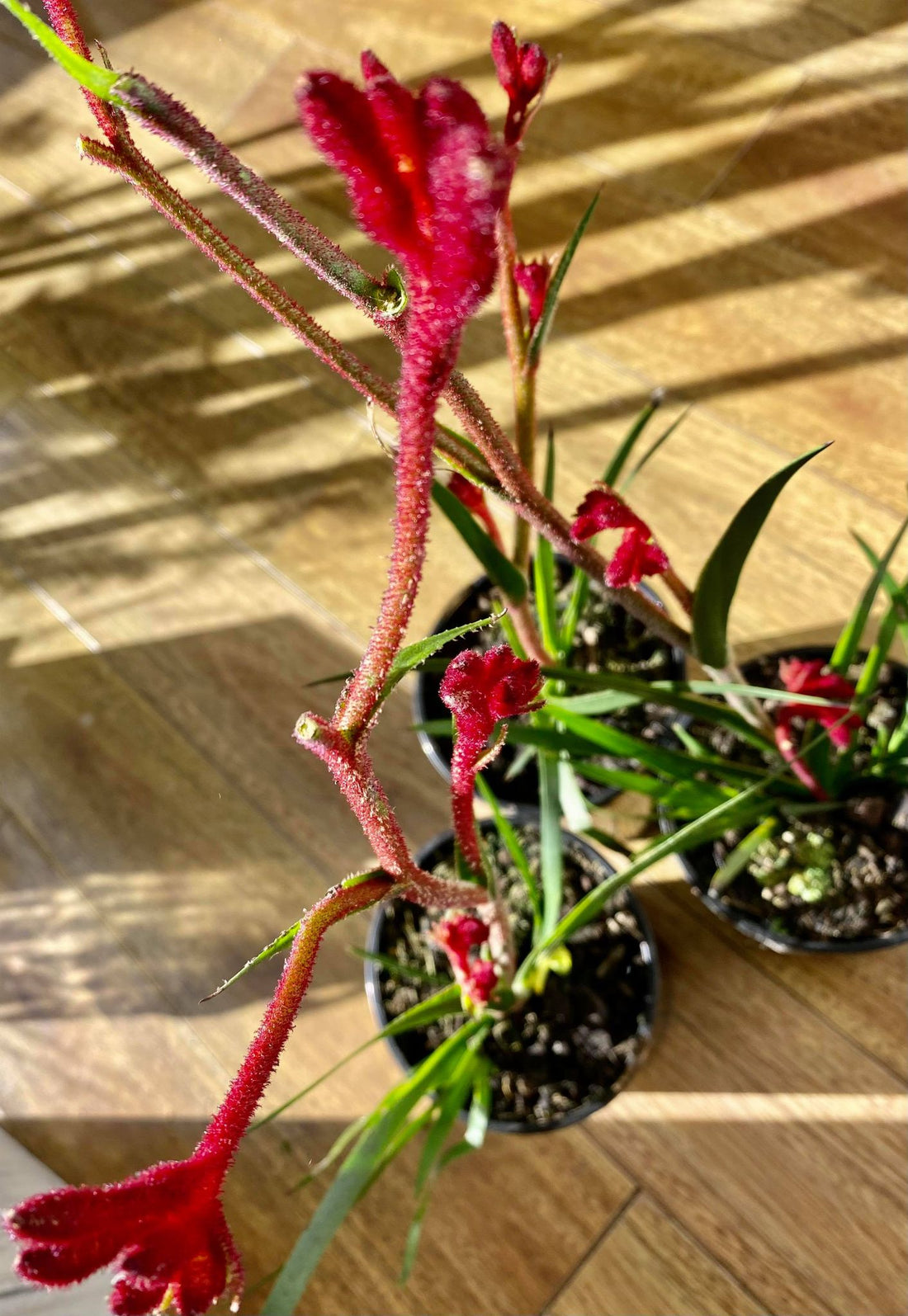
Exploring the Unique Flora of Each Australian State 2024
Share
Exploring the Unique Flora of Each Australian State 2024
Last updated 10/09/2024
Australia is home to an incredibly diverse range of flora, with each state boasting unique plant species and ecosystems. This guide explores the distinctive plants found in each Australian state. For a vast selection of native Australian plants, visit Wholesale Plants.
New South Wales
New South Wales features a variety of landscapes, from coastal regions to mountainous areas.
Key Plants 1. Waratah (Telopea speciosissima)
- Description: The floral emblem of New South Wales with striking red flower heads.
- Habitat: Prefers well-drained soils in open forests.
2. Sydney Blue Gum (Eucalyptus saligna)
- Description: A tall, majestic tree with smooth bark and blue-grey foliage.
- Habitat: Common in coastal and sub-coastal regions.
Victoria
Victoria's diverse environments include temperate rainforests, alpine regions, and coastal areas.
Key Plants 1. Common Heath (Epacris impressa)
- Description: Victoria's floral emblem, known for its pink, tubular flowers.
- Habitat: Thrives in heathlands and open forests.
2. Snow Gum (Eucalyptus pauciflora)
- Description: A hardy tree found in alpine regions, with smooth, white bark.
- Habitat: Grows in high-altitude areas and withstands cold temperatures.
Queensland
Queensland's tropical and subtropical climates support lush rainforests and diverse plant life.
Key Plants 1. Kangaroo Paw (Anigozanthos manglesii)
- Description: Known for its unique, claw-shaped flowers in vibrant colors.
- Habitat: Prefers sandy soils and full sun.
2. Moreton Bay Fig (Ficus macrophylla)
- Description: A massive tree with large, buttressed roots and glossy leaves.
- Habitat: Common in rainforests and coastal areas.
South Australia
South Australia's arid and semi-arid regions feature many drought-tolerant species.
Key Plants 1. Sturt's Desert Pea (Swainsona formosa)
- Description: The floral emblem of South Australia, with striking red and black flowers.
- Habitat: Grows in arid and semi-arid areas.
2. River Red Gum (Eucalyptus camaldulensis)
- Description: A large tree with smooth, white bark and adaptation to riverine environments.
- Habitat: Common along watercourses and floodplains.
Western Australia
Western Australia boasts a wealth of unique flora, particularly in its biodiverse southwest region.
Key Plants 1. Banksia (Banksia spp.)
- Description: Iconic Australian plants with distinctive flower spikes.
- Habitat: Widely distributed in coastal heaths and woodlands.
2. Grass Tree (Xanthorrhoea spp.)
- Description: Characterized by its long, grass-like leaves and tall flower spikes.
- Habitat: Grows in various habitats, including open forests and heathlands.
Tasmania
Tasmania's cooler climate and unique geographical isolation have led to the evolution of distinctive plant species.
Key Plants 1. Huon Pine (Lagarostrobos franklinii)
- Description: A slow-growing, long-lived tree with valuable timber.
- Habitat: Found along riverbanks and in wet temperate rainforests.
2. Tasmanian Blue Gum (Eucalyptus globulus)
- Description: The floral emblem of Tasmania, known for its tall stature and aromatic foliage.
- Habitat: Common in cool, moist environments.
Northern Territory
The Northern Territory's tropical savannas and arid deserts support unique and resilient plant species.
Key Plants 1. Darwin Woollybutt (Eucalyptus miniata)
- Description: A tall tree with orange bark and feathery leaves.
- Habitat: Found in tropical savannas and open forests.
2. Ghost Gum (Corymbia aparrerinja)
- Description: Known for its smooth, white bark and resistance to arid conditions.
- Habitat: Common in arid and semi-arid regions.
Australian Capital Territory
The ACT features a mix of temperate woodlands, grasslands, and alpine areas.
Key Plants 1. Blackwood (Acacia melanoxylon)
- Description: A large, fast-growing tree with dark bark and golden flowers.
- Habitat: Grows in moist, well-drained soils in woodlands and forests.
2. Snow Daisy (Celmisia sp.)
- Description: Found in alpine regions with small, white flowers.
- Habitat: Thrives in high-altitude environments.
Conclusion
Australia's diverse climates and landscapes host a rich variety of unique plant species, each adapted to different environmental conditions. By exploring the flora of each state, gardeners can appreciate the incredible biodiversity and choose native plants suited to their region. For a wide selection of native Australian plants and expert advice, visit Wholesale Plants.
